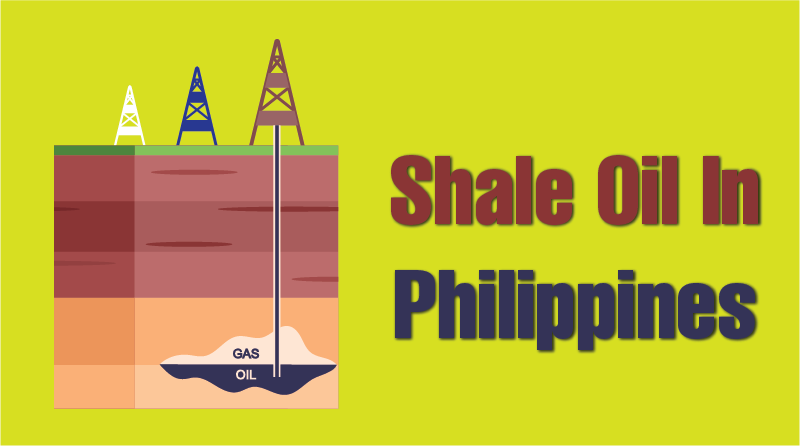The Philippines is known for its abundant natural resources and even more extensive geological and civilisational history. It is no stranger to coral reefs, as the country is home to a diverse range of marine biodiversity habitats. As per the evidence by the reef build-ups that commonly serve as either source or reservoir rocks in the country’s petroleum systems, many of these may date back to the formation of the islands. The Philippines is still underexplored in terms of shale oil exploration. Only about 10% of the country’s landmass has viable shale oil exploration data, with the majority of it concentrated in the offshore western side of Palawan and onshore Cebu. Shale oil exploration in the Philippines began in 1896, when Smith and Bell drilled the Toledo-1 well on Cebu Island, yielding small but uncommercial production. Before 1938 drilling was also done on Luzon’s Bondoc Peninsula, which yielded some evidence of shale oil, but not in commercial quantities.
Offshore The Philippines Has a Massive Hydrocarbon Potential
Despite the fact that several PSCs are already operating in the northwest Palawan area, it is believed that vast deposits of shale oil remain in the area, including the Camago-Malampaya Oil Leg (CMOL) and the Cadlao discovery. CMOL was discovered in 1991 during the drilling of Malampaya-1, but the Malampaya consortium relinquished it because it was deemed sub-commercial. Although a contract to develop the area was awarded in 2006, it was cancelled in 2011, owing to the operator’s failure to comply with the work commitments’ provisions. The Philippines Department of Energy (DoE) is currently looking for new ways to explore the shale oil rich structure, which is estimated to hold a 27million barrel oil reserve.
Philippines shale oil production was 11.43 thousand barrels per day in March 2021. The fact that crude oil production in the Philippines has fluctuated significantly in recent months, it has tended to decline from April 2020 to March 2021, ending at 11.43 thousand barrels per day in March 2021.
Production of petroleum and other liquid: 11.4 thousand barrels/day
Shale oil/petroleum consumption: 413.98 thousand barrels/day
Shale oil reserve: 1.87 thousand barrels/day
The Philippines Has An Energy-Hungry Economy
With the push for automation and paperless transactions in many business sectors, the demand for energy in the Philippines is on the rise. For example, the continued growth of business process outsourcing companies and electronic portals for learning and government processes necessitates a continuous supply of electricity. The current administration’s policy, dubbed “Build, Build, Build” will necessitate energy in various forms, ranging from fuel to electricity, in order to be implemented with shale oil production. Unfortunately, even though imported shale oil accounts for roughly half of the Philippines’ energy needs, the Philippines remains vulnerable to changes in global petroleum market prices. A drop in exploration activity does not help the situation, as the Philippines only drilled three wells per year on average from 2013 to 2018. The Department of Energy’s policy is to “Explore” attempting to simplify the Shale oil Service Contracts system while still severely penalising operators who fail to meet their work commitments due to valid and uncontrollable impediments.



